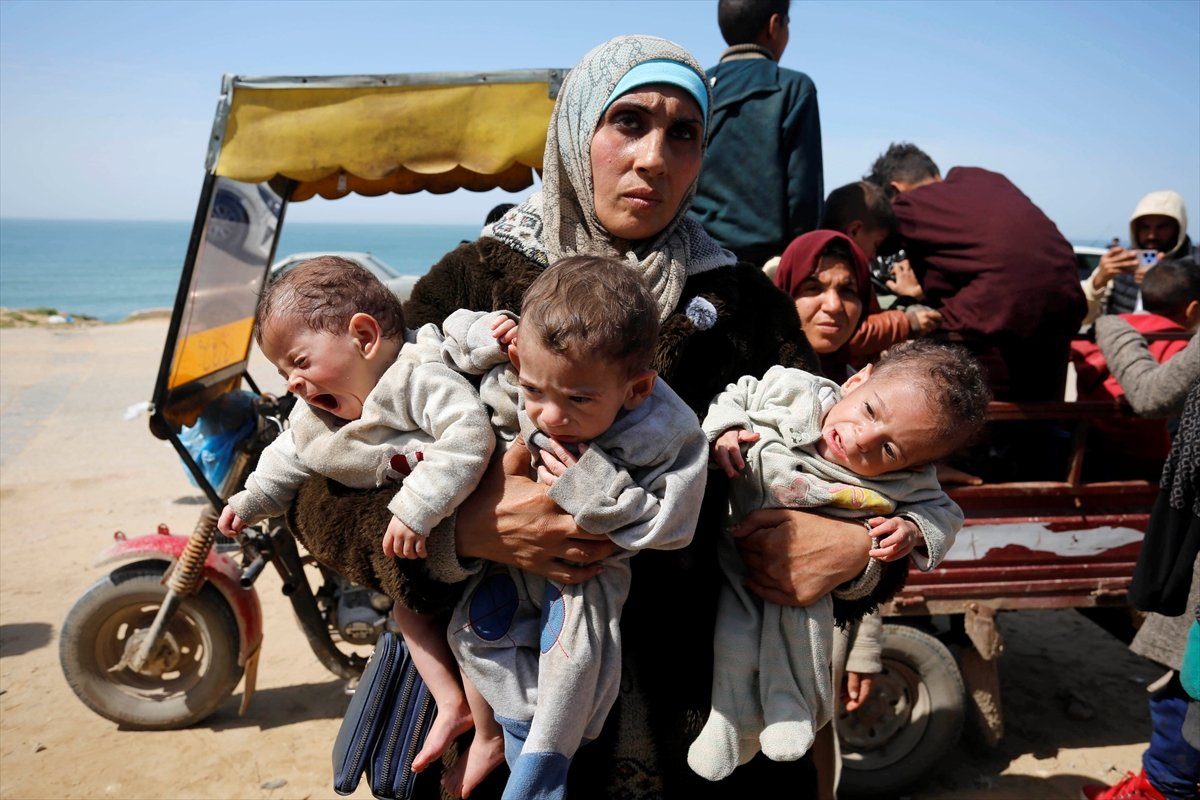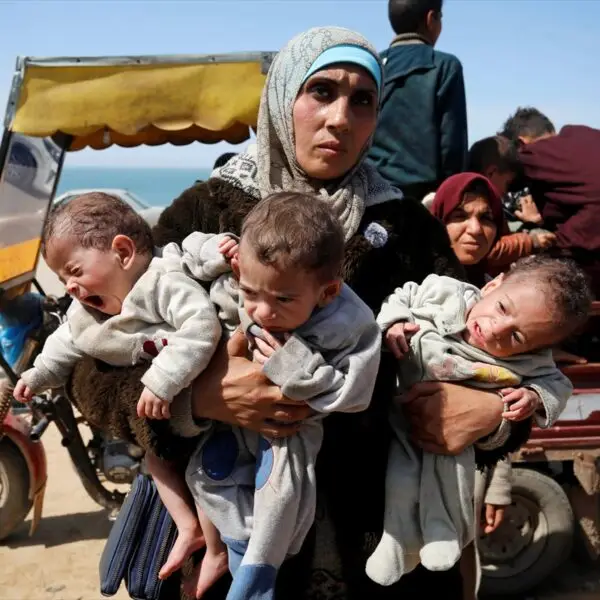Economic Hardships Dampen Eid al-Adha Celebrations
Across several regions, the joyous mood traditionally associated with Eid al-Adha has been tempered by economic challenges. Rising prices, reduced consumer spending, and the residual impact of recent health outbreaks have combined to make this year’s festivities noticeably subdued.
Festivities in Jakarta, Indonesia
In Indonesia’s capital, Muslim worshipers gathered in large numbers for the Eid al-Adha morning prayers at the Istiqlal Grand Mosque. Despite the crowded streets and well-attended prayer sessions, many felt the usual exuberance was softened by economic concerns. High prices and dwindling animal sales have led to a more measured celebration than in past years.
Impact on Livestock Markets in Dhaka, Bangladesh
In Dhaka, Bangladesh, the spirit of sacrifice is a central element of Eid al-Adha. In busy livestock markets, traders and buyers typically engage in robust transactions to obtain animals for the ritual slaughter. However, in recent times a combination of fewer customers and ongoing economic pressures has led to significantly lower sales. One vendor, who once sold over 100 cows in the weeks preceding Eid, reported that he managed to sell only 43 animals this year. Local data revealed that the number of sacrificial animals available dropped by 57% compared to the previous year.
Economic Concerns and Consumer Spending
Local sellers attribute the slowdown not only to the lingering threats of outbreaks such as foot-and-mouth disease but largely to the broader economic hardships facing consumers. The reduced sales in livestock markets, which traditionally help drive household consumption and contribute significantly to national GDP, suggest that spending patterns during Eid al-Adha are being noticeably altered by these price pressures.
Celebrations Across South Asia
Eid al-Adha, which commemorates the Quranic tale of the Prophet Ibrahim’s willingness to sacrifice his son before God provided a ram in his place, holds a deeply spiritual significance. In countries such as India and Bangladesh, where the festival is set to begin on Saturday, markets are bustling as families purchase animals for sacrifice. In New Delhi, for example, sellers report that the demand for goats has increased, with prices on the rise compared to previous years. In Indian-controlled Kashmir, traditions continue as families dye their sheep and goats in henna, a practice that echoes the legacy of the Prophet Ibrahim.
Looking Ahead
While the essence of Eid al-Adha remains focused on sacrifice, charity, and the sharing of blessings, the economic realities facing many consumers have clearly altered the atmosphere of celebration. With government measures such as extended holidays aimed at encouraging family time and potentially boosting economic activity, it remains to be seen how these fiscal challenges will shape the festive season in the months ahead.

Embracing Faith, One Insight at a Time!
The teachings of the Quran have always guided my path. With a deep passion for Islamic knowledge, I strive to blend the wisdom of tradition with the relevance of today, making the timeless messages of Islam accessible and meaningful for everyone.
Muslim Culture Hub is my platform to share historical insights and thought-provoking articles, exploring both well-known and lesser-discussed aspects of Islamic culture and beliefs. My mission is to create an inclusive online space where everyone can learn, strengthen their faith, and connect with the profound message of Islam.
Join the journey!
May peace be upon you.










